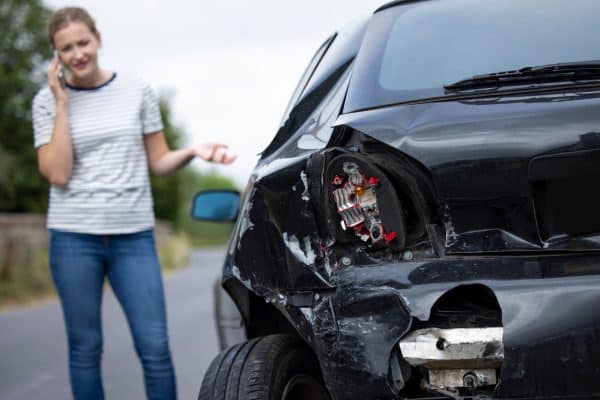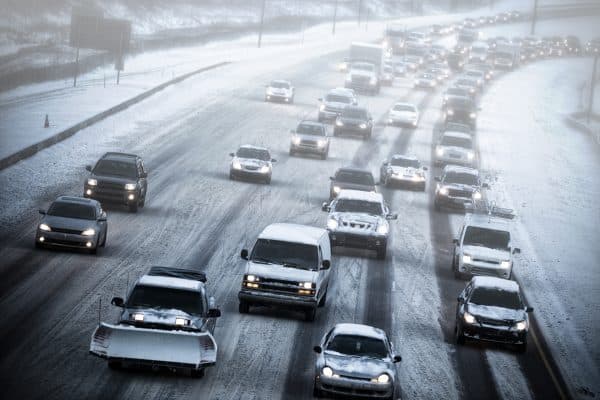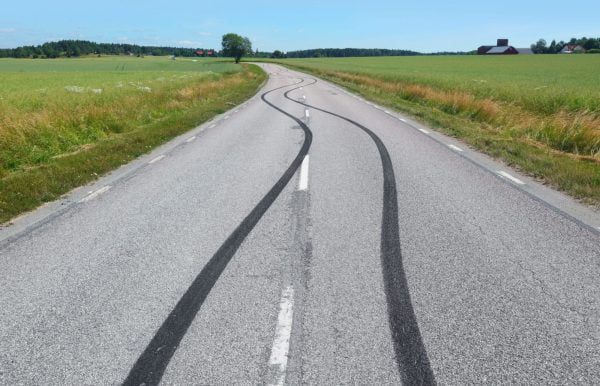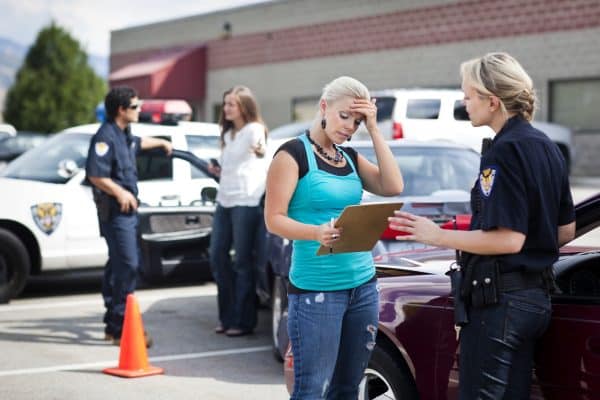It doesn’t matter whether you’re in the snowy north, the blazing hot southern deserts or the humid coastal climes, there’s always a chance for adverse weather conditions to crop up. From hot roads to blazing winds to rain, snow, and ice, these road conditions make it difficult—and dangerous—to drive. If you’re not careful, you can end up in an accident. Fortunately, just taking a few basic precautions and being aware of these conditions can make all the difference.
So what are the different dangerous road conditions you might encounter, and how can you prepare for the worst in all occasions? Let’s take a look at some tips and advice for driving in adverse weather conditions, and learn how you can keep yourself and other drivers on the road safe.
Driving in Adverse Weather
Driving in adverse weather, in general, just requires a bit of caution and a lot of awareness and alertness. There are many different kinds of inclement weather conditions, and each carries its own danger. These include fog, precipitation, wind, and heat, among others. The biggest tip to remember in almost any inclement weather condition is simply to slow down and be alert. Give yourself plenty of time to react to unforeseen dangers!
Driving in Fog
Fog is one of the most dangerous—arguably the single most dangerous—of inclement weather conditions you might encounter. Naturally, the biggest risk here is low visibility. Many people try to compensate for this by turning on their high beams. This is exactly the wrong thing to do.
If you have fog lights, use them. Otherwise, just use regular headlights or even your daytime running lights. The brighter your headlights and the higher the beams, the more blinding they will be to you as they reflect off of the water particles hanging in the air!
The Dangers of Rain
How often have you heard people dismiss the idea of “just a little rain?” That’s very dangerous thinking. Even a light mist can turn roads very slick as it brings the oils from the pavement to the surface. When rain is heavier, there is a danger from hydroplaning, which means your tires actually ride on a cushion of water above the road. Even a fraction of an inch can be enough to make you completely lose traction. The takeaway, again, is to keep it slow and steady.
Snow and Ice
The dangers of snow and ice are much the same as rain: no traction. Keep it slow and steady so you have plenty of time to react. If you begin to fishtail, turn into the swerve, not away from it. This will get your car back in line and back on track. Don’t rely on 4WD. There’s an old saying—four-wheel drive helps you go. It doesn’t help you stop.
Sun Glare and Heat
Sun glare can be just as blinding as fog, and high temperatures can cause your car to overheat. If you can’t see, take it slow or even pull over until you can. When your car overheats, pull over and let it cool down. Don’t ever try to add water or coolant to a hot engine!
Dealing with Accidents
If you’re in an accident while driving in adverse weather, and it’s someone else’s fault, call a qualified car accident attorney for help getting the compensation you deserve. Get in touch with the McMahan Law Firm for a free consultation about your case today!

















